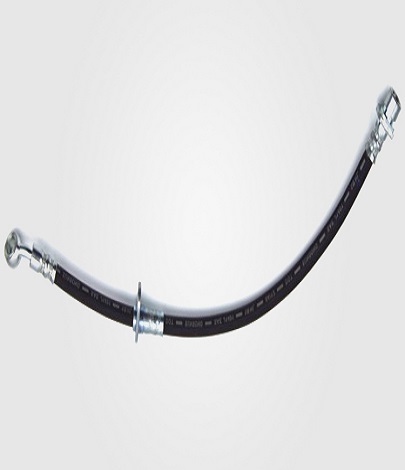There are many different types of auto control cables. Some are flexible, while others are abrasion-resistant and can withstand harsh conditions.
They are also able to adapt to the changing conditions of the environment. They are usually made from braided wire or stainless steel strands, and are often coated with a protective layer.
Depending on their purpose, they may have one or more end caps fitted. These may be either inline hollow bolts (often called "barrel adjusters"), which lengthen or shorten the housing relative to a fixed anchor point; they can also be attached with nipples clamped by screws.
In bicycle applications, a Bowden cable with a barrel adjuster and locking nut controls a rear derailleur. The original, standard Bowden cable housing consists of a close-wound helix of round or square steel wire, which makes it a flexible housing but causes the turns to separate on the outside of the bend. As a result, there must be an increase in the length of the housing with increasing bend.
Some of the most common problems associated with auto control cables include slackness, binding, and a lack of response when the accelerator is pressed. These issues are primarily caused by an internal wire that is frayed or broken, and can also be a result of a dirty cable.


 简体中文
简体中文













